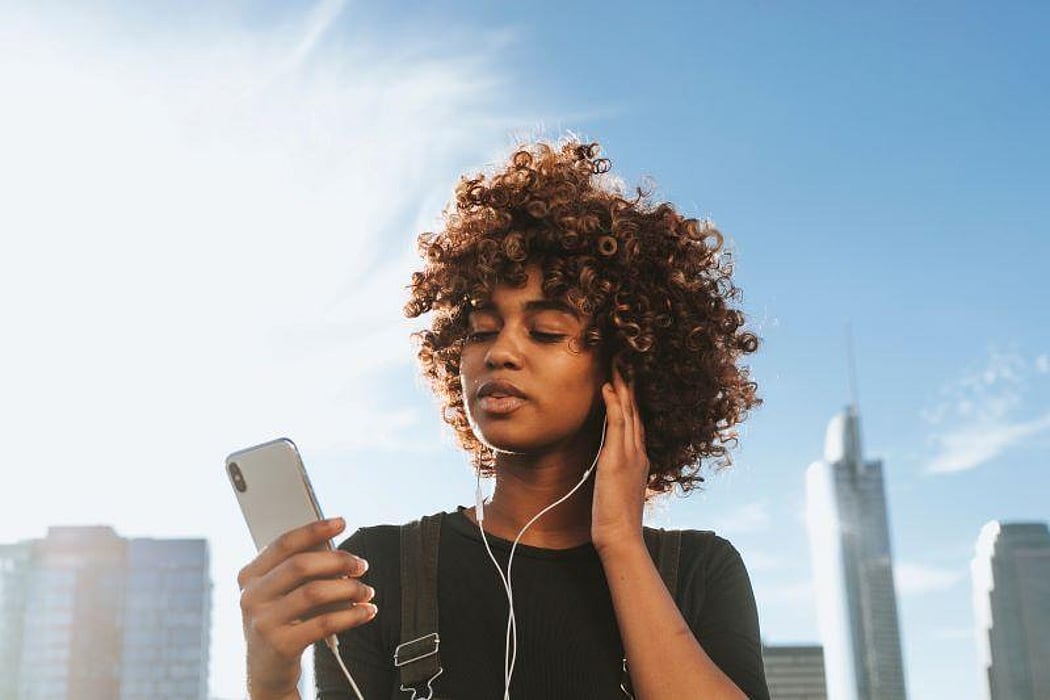High Prevalence of Youth Estimated at Greater Risk for Hearing Loss

WEDNESDAY, Nov. 16, 2022 (HealthDay News) -- The number of young people who may be at risk for hearing loss due to unsafe listening practices from exposure to personal listening devices (PLDs) or loud entertainment venues ranges from 0.67 to 1.35 billion, according to a review published online Nov. 15 in BMJ Global Health.
Lauren K. Dillard, Ph.D., from the Medical University of South Carolina in Charleston, and colleagues conducted a systematic review and meta-analysis to estimate the prevalence of unsafe listening practices from PLDs and loud entertainment venues. Data were included from 33 studies, corresponding to 35 records with 19,046 individuals aged 12 to 34 years. Overall, 17 of the records focused on PLD use and 18 focused on loud entertainment venues.
The researchers found that the pooled prevalence estimate was 23.81 percent for exposure to unsafe listening from PLDs. Limited certainty was seen in the pooled prevalence estimate for loud entertainment venues; a model fitted as a function of intensity thresholds and exposure duration identified the prevalence estimate as 48.20 percent. From exposure to unsafe listening practices, the global estimated number of young people who could be at risk for hearing loss ranged from 0.67 to 1.35 billion.
"There is an urgent need for governments, industry, and civil society to prioritize global hearing loss prevention by promoting safe listening practices," the authors write.
Related Posts
Aquablation Procedure Safe for BPH, With Durable Efficacy
WEDNESDAY, May 31, 2023 (HealthDay News) -- For men with large prostates, the...
La vitamina D podría ayudarlo a evitar la demencia
MARTES, 7 de marzo de 2023 (HealthDay News) -- ¿Puede la vitamina D reducir el...
Bivalent COVID-19 mRNA Booster Effective
WEDNESDAY, Dec. 21, 2022 (HealthDay News) -- A bivalent booster mRNA vaccine...
Breast Cancer Myths
What's the disease that women fear the most? The answer is most likely to be...
